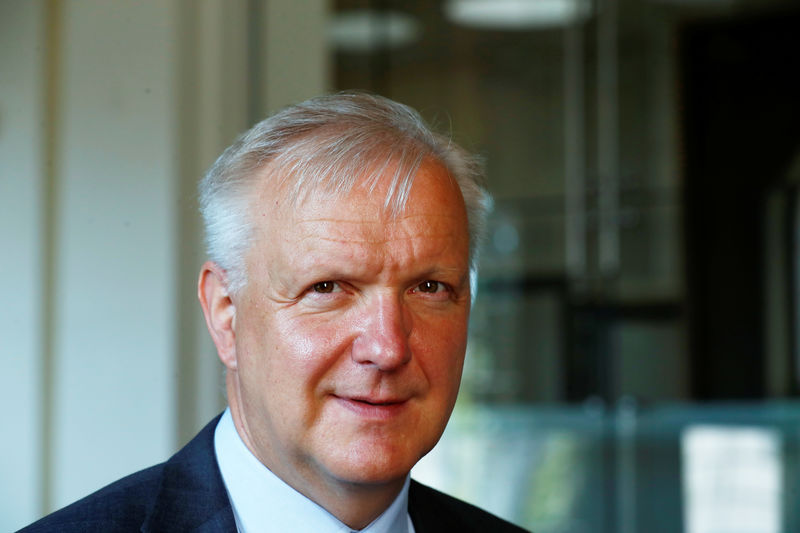By Noah Sin
HONG KONG (Reuters) - With downside risks looming and uncertainties rife, the U.S. Federal Reserve is prudent to wait for more economic data before deciding whether its next move will be to raise rates, or cut them, Chicago Fed Bank President Charles Evans said on Monday.
"If growth runs close to its potential and inflation builds momentum, then some further rate increases may be appropriate over time to ensure that the economy settles in on its long-run sustainable growth path and that inflation runs symmetrically about our 2 percent target," Evans said in remarks prepared for delivery in Hong Kong.
"In contrast, if activity softens more than expected or if inflation and inflation expectations run too low, then policy may have to be left on hold - or perhaps even loosened - to provide the appropriate accommodation to obtain our objectives."
Last week the U.S. central bank left rates steady in a range of 2.25 percent to 2.5 percent. Fresh forecasts showed 11 of 17 Fed policymakers expected no rate change for the rest of the year, up from just two in December. That unexpectedly dovish signal had financial markets quickly pricing in a rate cut next year.
Fed Chairman Jerome Powell cited low inflation, a slowing global economy and risks like U.S. trade tensions with China for the need to remain patient "for some time."
Evans, who votes on interest-rate policy this year, had as recently as January said it was entirely plausible the Fed could raise rates twice this year.
While his comments Monday did not rule out such a scenario, he said he had become less sanguine about the economic outlook since last autumn as uncertainties over global growth and trade policies increased. Recent economic data, he said, has been softer than anticipated.
Though there could be upside surprises, he said, including 3.8 percent unemployment fueling stronger consumer spending or accelerating inflation, downside scenarios in his view "loom larger."
And even if prices do start to rise, he said, "given how muted inflationary pressures appear today, a rise to 2.25 to 2.5 percent is not a big concern to me at the moment." That assessment suggests Evans has set the bar fairly high for further rate hikes, considering that inflation by the Fed's preferred gauge has not been that much above the Fed's 2-percent goal since before the financial crisis.
Still, Evans' view that both rate hikes or rate cuts are in the realm of possibility echoed that of fellow policymaker Atlanta Fed President Raphael Bostic, who on Friday said both possibilities are on the table for him.
